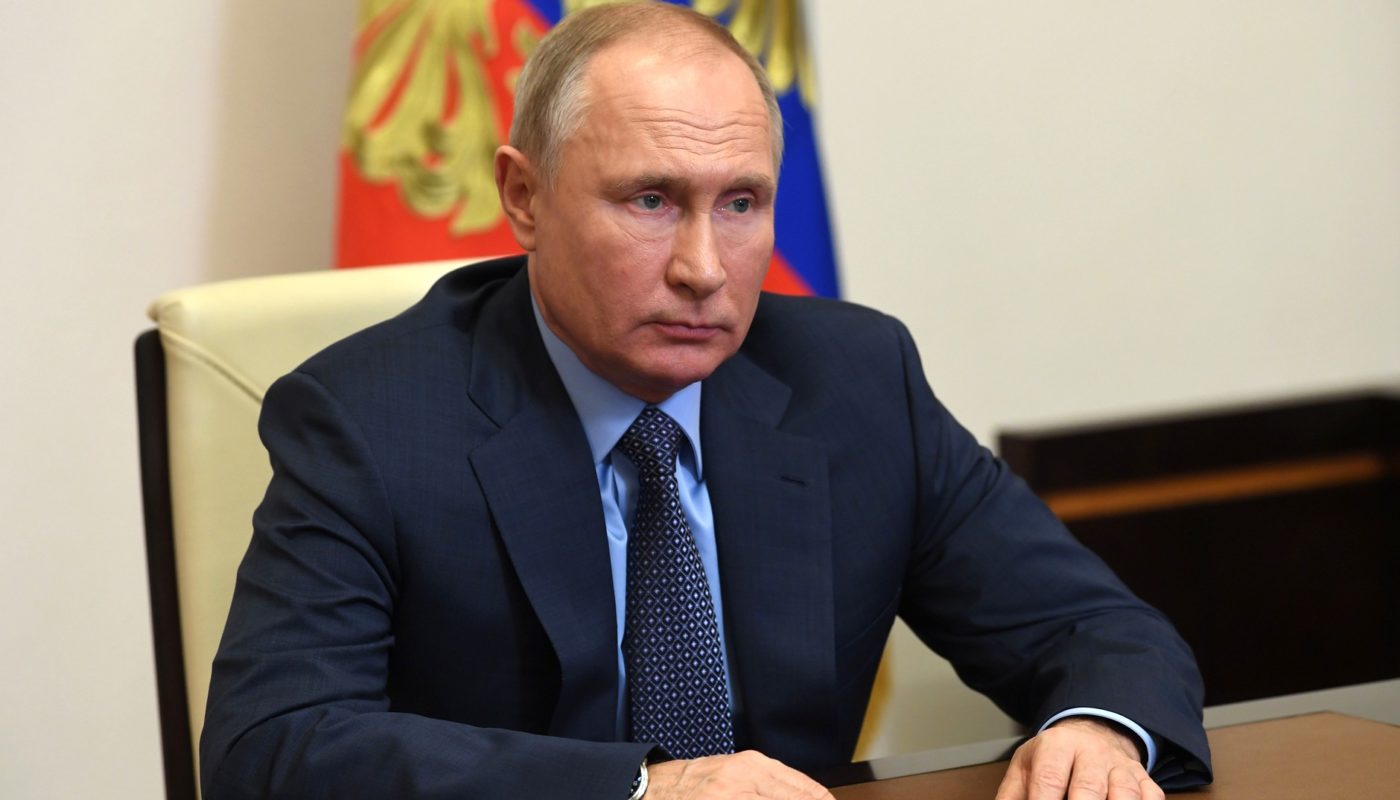Tensions are high between Russia, Ukraine and the United States, as a threat of possible invasion seems to grow more and more likely.
The conflict stems from the 2014 Maiden protests, a reaction to the former Ukrainian government suddenly reversing course on a deal that would have aligned the country with the West. After the government tried to violently quell the movement, Former President Yanukovych was removed from office and charged with murder and a new interim president was installed.
Russia invaded Crimea in 2014 on the grounds that pro-Russian citizens would be harmed by the new government, and Crimea later voted to join the Russian Federation and secede from Ukraine in a referendum criticized by the United States as illegitimate.
After the Crimean invasion, two separatist republics formed in Donetsk and Luhansk, held by a group of about 35,000 native Ukrainians and supported by 3,000 Russian soldiers. The People’s Republics of Donetsk and Luhansk are not recognized by any countries, including Russia. Recognition had been contemplated but was shot down for fears it would provoke further conflict.
There are now an estimated 100,000 Russian troops stationed at the Ukrainian border, which has provoked international outcry and fear of imminent invasion. The Biden administration has warned that it will intervene if conflict breaks out and has already deployed 2,000 troops to Eastern Europe in preparation.
Current Ukrainian President Volodymyr Zelenskyy has urged nonviolent solutions to the conflict, arguing that a war would not be merely between Russia and Ukraine but would involve all of Europe.
Russia also has said it does not want an invasion, but is instead protecting its national security from western incursion, particularly the expansion of NATO.
NATO, or the North Atlantic Treaty Organization, is an organization of western states to create a military alliance against the former Soviet Union in 1949. Though the Soviet Union no longer exists, NATO still stands as a collective security force and has expanded further into the east, which Russia sees as a threat.
The alliance has grown from 12 to 30 countries over several periods of enlargement, and there are still countries who seek membership, including Ukraine. Russia sees such expansion as an effort to contain it, with a speech by Putin describing a possible all-out war with NATO over Russia’s invasion of Crimea.
Pentagon Spokesman John Kirby in a press briefing said the US has intelligence indicating that Russia planned to stage a false flag video of an attack in Ukraine to justify invasion. Though the US has failed to provide further details to prove the claim.
Ultimately, the conflict is a conflict of sovereignty, with Russia wanting to protect itself from a perceived western invasion and Ukraine and NATO wanting to protect Ukraine’s right to free association with the organization. It is uncertain whether or not it will go further than the current saber-rattling, but should armed conflict emerge, it will be a massive shock to the state of world affairs.

